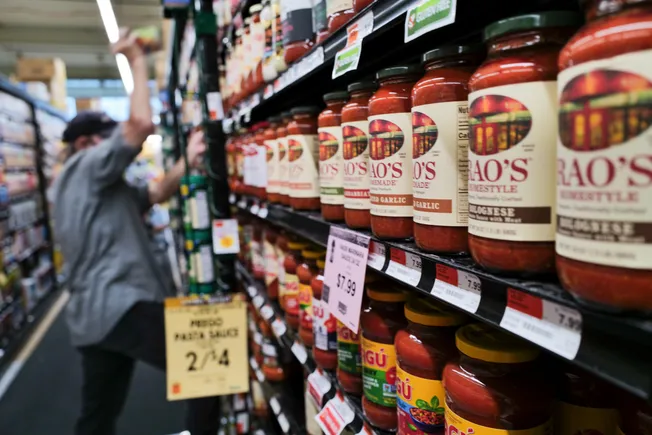The food and beverage industry has undergone rapid transformation in recent years, a trend that is expected to continue through 2025. Producers, investors, and consumers have all taken notice of these changes.
The popularity of GLP-1 medications is on the rise, prompting consumers to seek healthier food and drink options. This presents an opportunity for companies to capitalize on the growing demand for products with higher protein and lower sugar content. Additionally, increased awareness of ultra-processed foods is driving some consumers to make changes to their diets. Analysts predict that this trend will only accelerate in the coming year, potentially posing a challenge to established packaged food companies and prompting them to reevaluate their offerings.
The integration of AI technology into the food industry is causing a stir, as manufacturers seek ways to improve supply chain efficiency and innovate new products more quickly.
As food and beverage trends evolve rapidly, major consumer packaged goods companies are seeking new revenue streams through mergers and acquisitions. Notable deals from last year, such as Mars’ acquisition of Cheez-It maker Kellanova for $36 billion and PepsiCo’s purchase of better-for-you snacks maker Siete Foods for $1.2 billion, demonstrate the types of investments being made in the industry.
Alcoholic beverage producers are facing a changing market as younger consumers drink less than older generations. Companies like AB InBev and Molson Coors are adjusting their product portfolios to compete in new categories such as non-alcoholic cocktails and energy drinks.
These are just a few of the key storylines that will unfold in the food and beverage sector this year.

